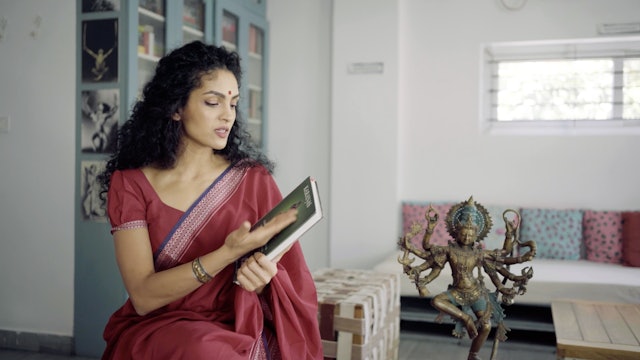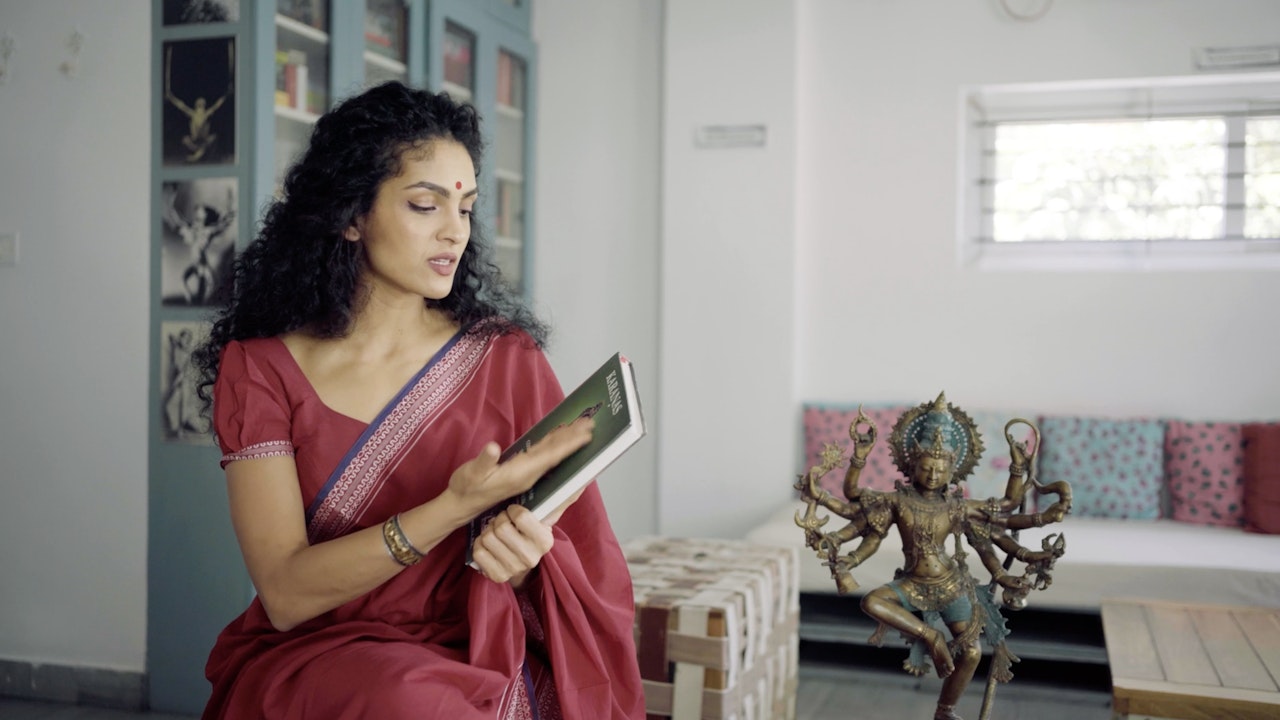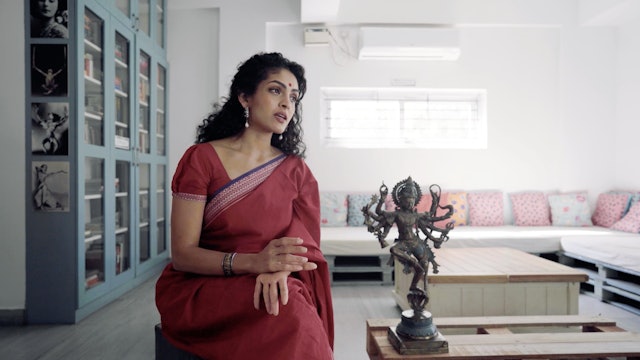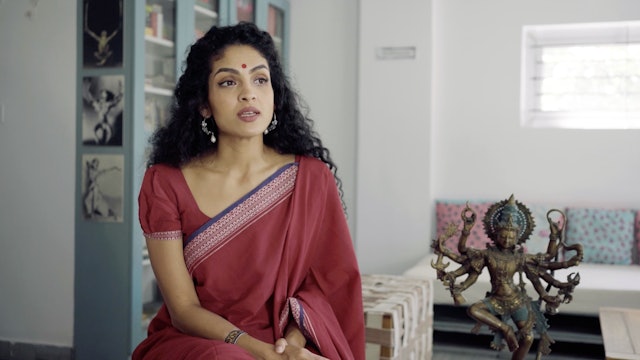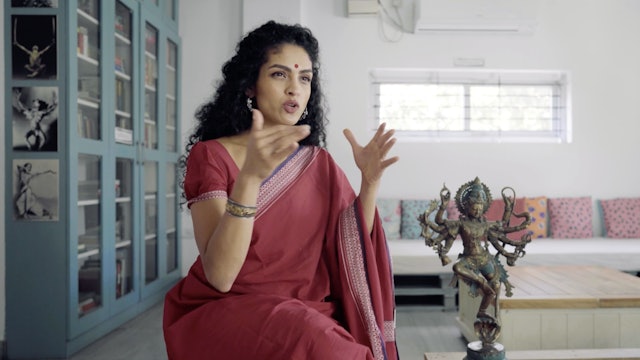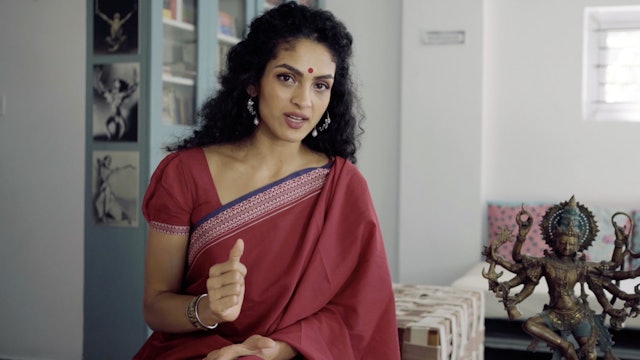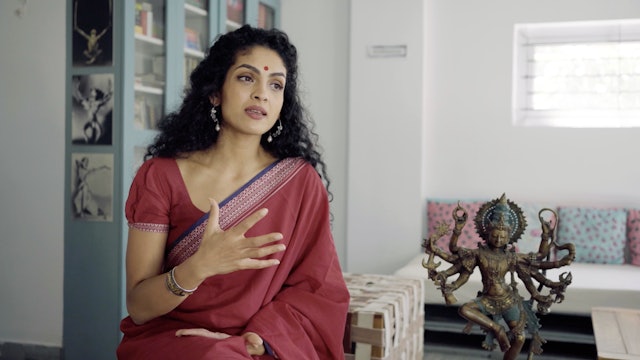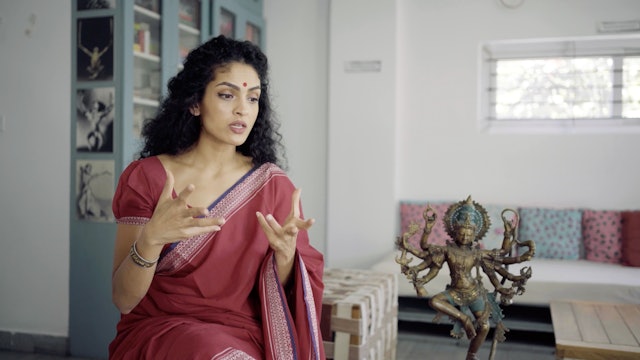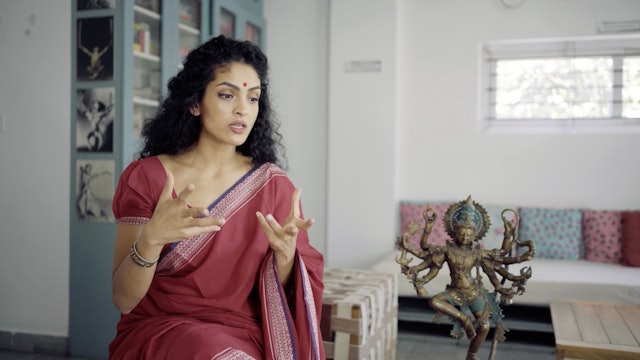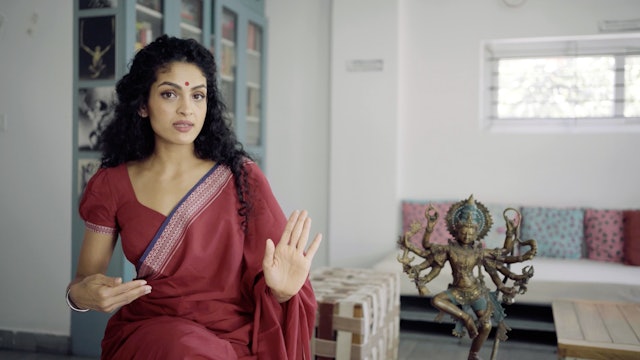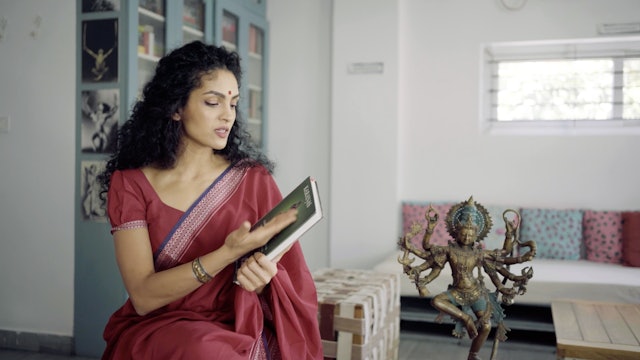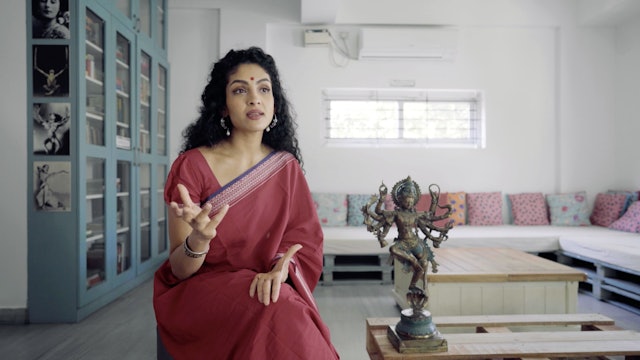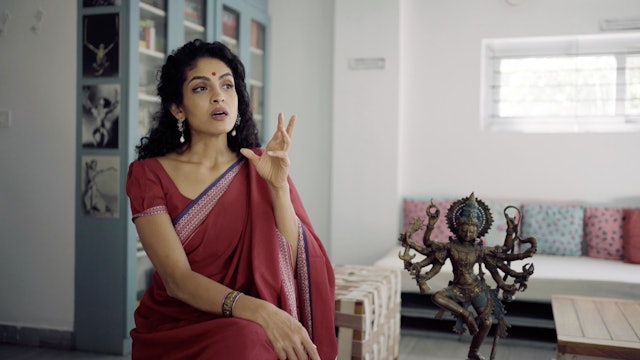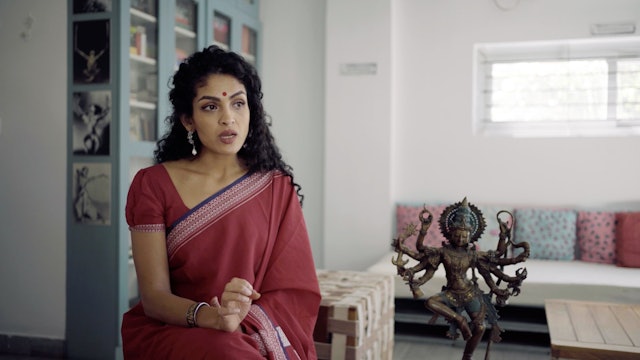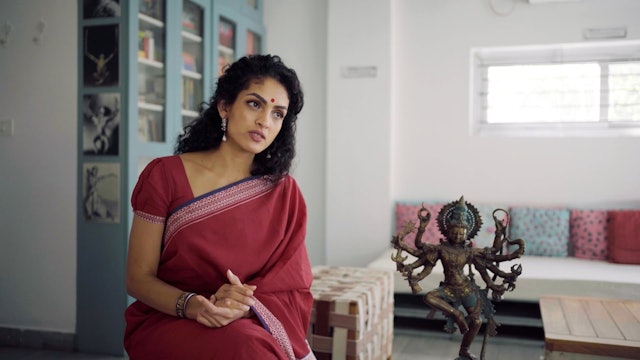-
Origin of the Natyaśastra
The Natyaśastra is the oldest book on dramaturgy known to mankind. It is thousands of years old and is comprehensive in content. This talk speaks of the mythical origins of this wonderful text so integral to performing arts in India.
-
Dance Terminologies 1: Nrtta, Nritya & Natya
This series uses the Natyashastra as a primary reference and explains many of the dance terminologies that we use today.
This talk speaks of Nrtta, Nritya and Natya and how the Natyashastra uses these terms.
-
Dance Terminologies 2: Vritti
This series uses the Natyashastra as a primary reference and explains many of the dance terminologies that we use today.
This talk speaks of Vrtti.
-
Dance Terminologies 3: Pravrtti
This series uses the Natyashastra as a primary reference and explains many of the dance terminologies that we use today.
This talk speaks of Pravrtti
-
Dance Terminologies 4: Siddhi
This series uses the Natyashastra as a primary reference and explains many of the dance terminologies that we use today.
This talk speaks of Siddhi
-
Dance Terminologies 5: Pindi Bandhas & Rechakas
This series uses the Natyashastra as a primary reference and explains many of the dance terminologies that we use today.
This talk speaks of Pindi Bandhas & Rechakas and how the Natyashastra uses these terms.
-
Dance Terminologies 6: Tandavam
This series uses the Natyashastra as a primary reference and explains many of the dance terminologies that we use today.
This talk speaks of Tandavam and the various meanings that the term implies.
-
Dance Terminologies 7: Adavu history
This series uses the Natyashastra as a primary reference and explains many ideas of Bharatanatyam.
How did we come about Adavus? What is the meaning of the term? What are its components? How did we come to use Adavus in Bharatanatyam? Some of these questions are answered in the next few talks.
-
Dance Terminologies 8: Components of Adavus
This series uses the Natyashastra as a primary reference and explains many ideas of Bharatanatyam.
How did we come about Adavus? What is the meaning of the term? What are its components? How did we come to use Adavus in Bharatanatyam? Some of these questions are answered in the next few talks.
-
Dance Terminologies 9: Classification of Adavus
This series uses the Natyashastra as a primary reference and explains many ideas of Bharatanatyam.
How did we come about Adavus? What is the meaning of the term? What are its components? How did we come to use Adavus in Bharatanatyam? Some of these questions are answered in the next few talks.
-
Dance Terminologies 10: Components of Karanas
This series uses the Natyashastra as a primary reference and explains many ideas of Bharatanatyam.
What are Karanas? What are its components? How is it related to Bharatanatyam? Are they poses or movements? Some of these questions are answered in the next few talks.
-
Dance Terminologies 11: What is a Karana?
This series uses the Natyashastra as a primary reference and explains many ideas of Bharatanatyam.
What are Karanas? What are its components? How is it related to Bharatanatyam? Are they poses or movements? Some of these questions are answered in the next few talks.
-
Dance Terminologies 12: Nayika classifications
This series uses the Natyashastra as a primary reference and explains many ideas of Bharatanatyam.
How does one classify the types of female leads used in theater and drama? Are there rules to follow when writing and imagining these characters? How does one create interesting characters?
-
Dance Terminologies 13: Ashtanayikas
This series uses the Natyashastra as a primary reference and explains many ideas of Bharatanatyam.
How does one classify the types of female leads used in theater and drama? Are there rules to follow when writing and imagining these characters? How does one create interesting characters?
-
Dance Terminologies 14: Nayaka Classification
This series uses the Natyashastra as a primary reference and explains many ideas of Bharatanatyam.
How does one classify the types of male leads used in theater and drama? Are there rules to follow when writing and imagining these characters? How does one create interesting characters?
